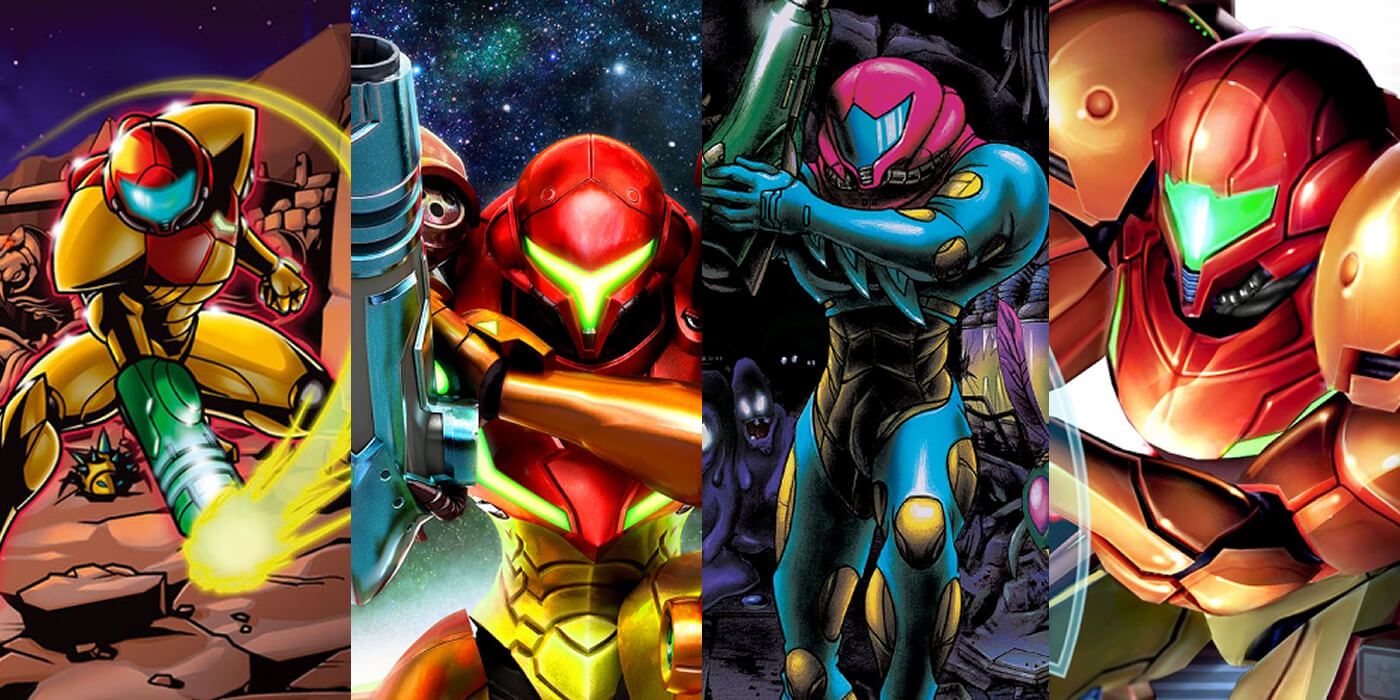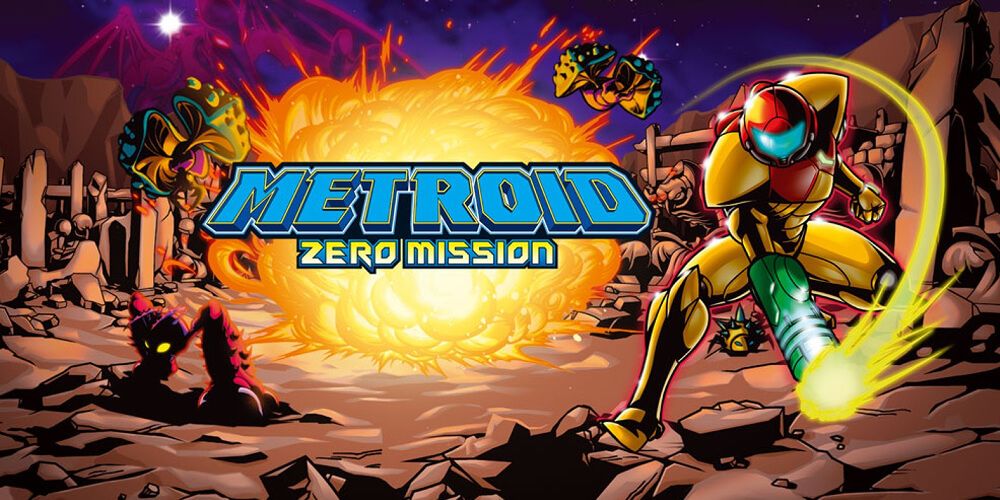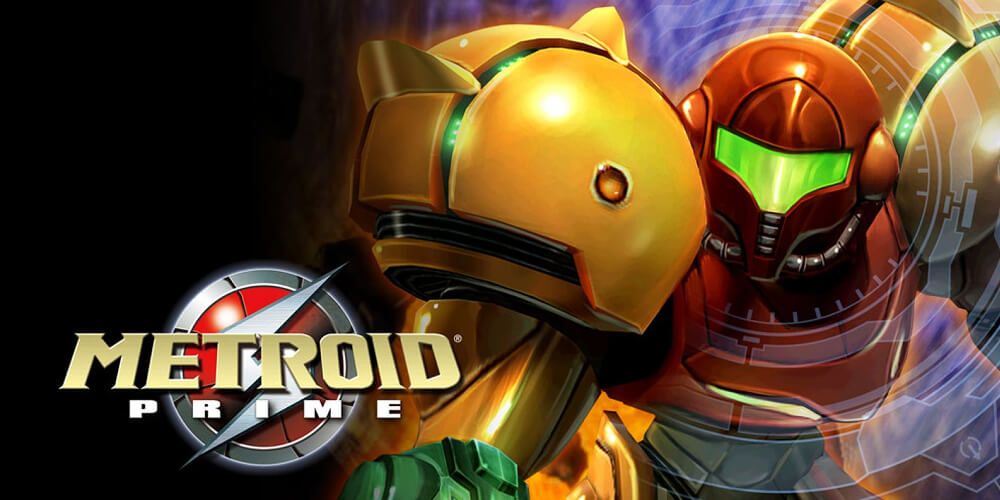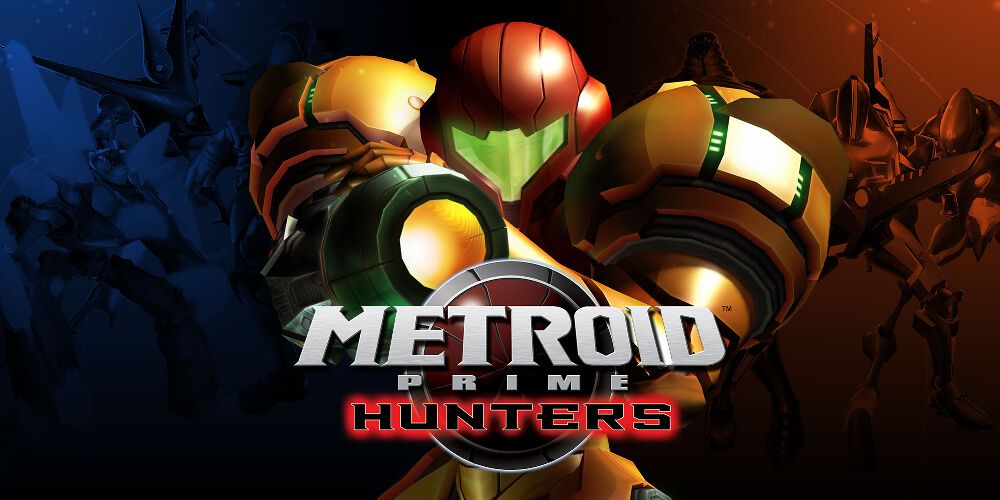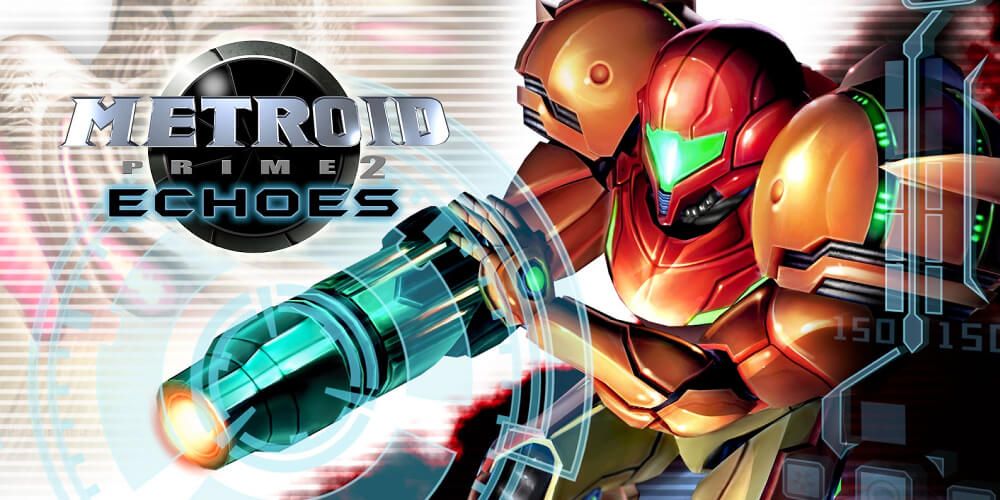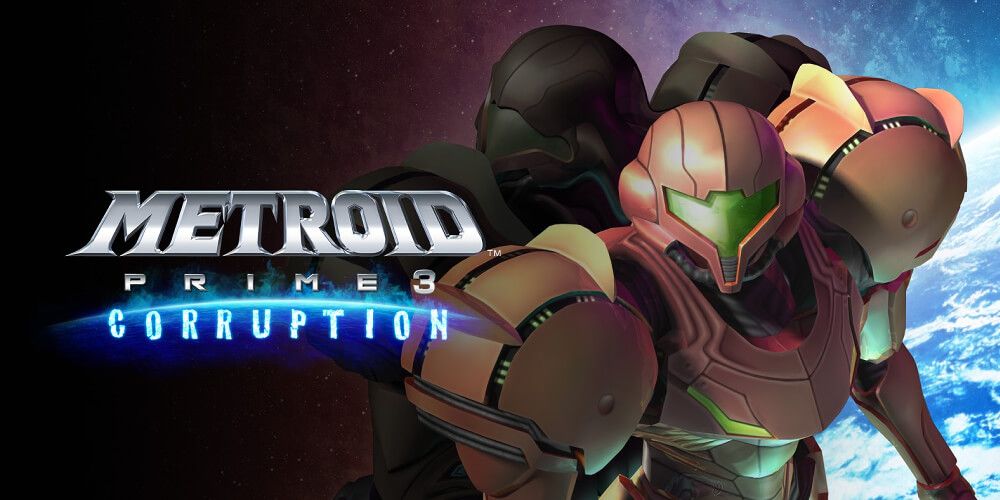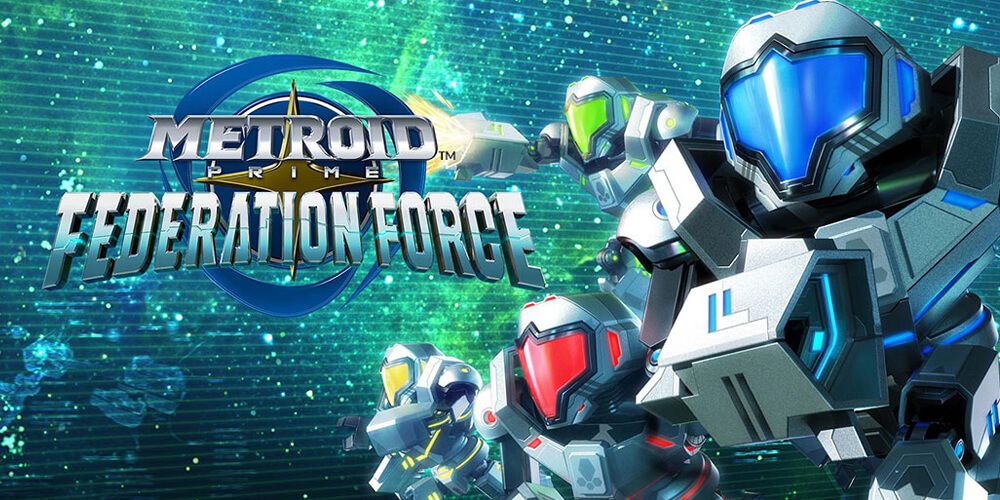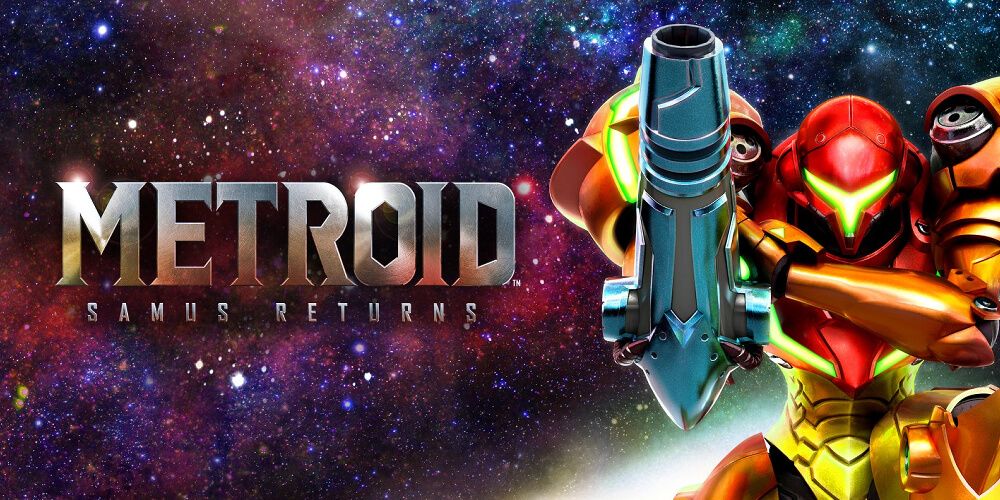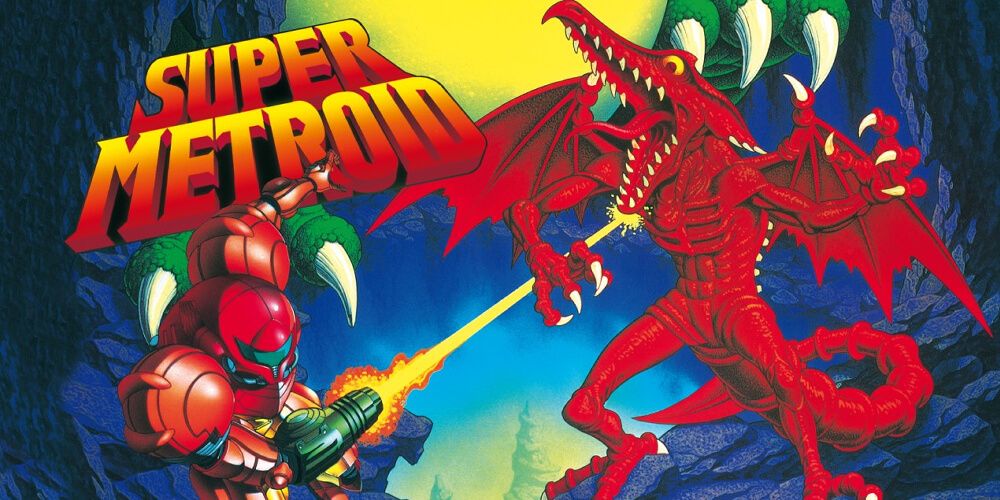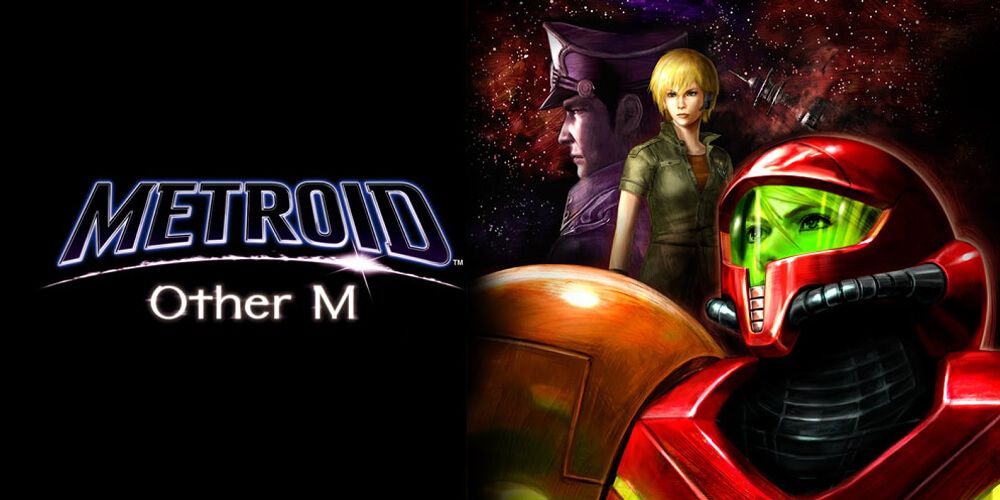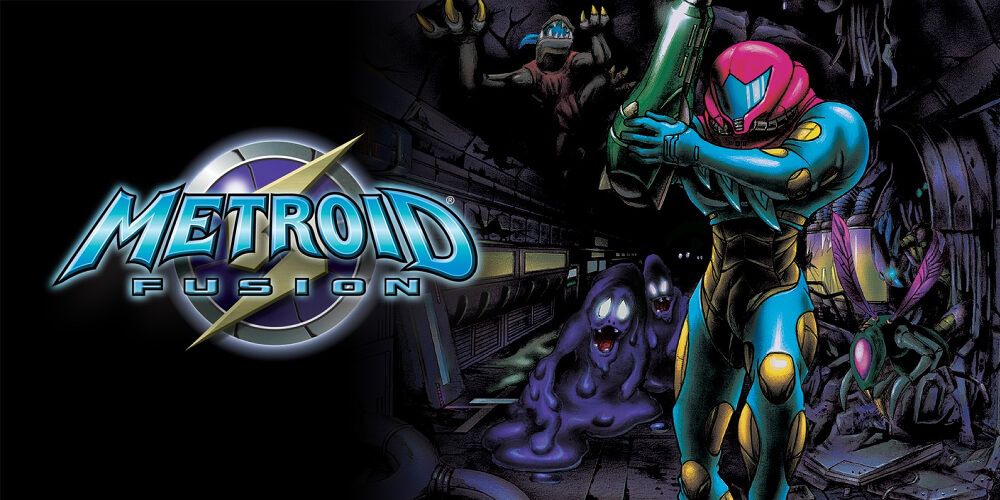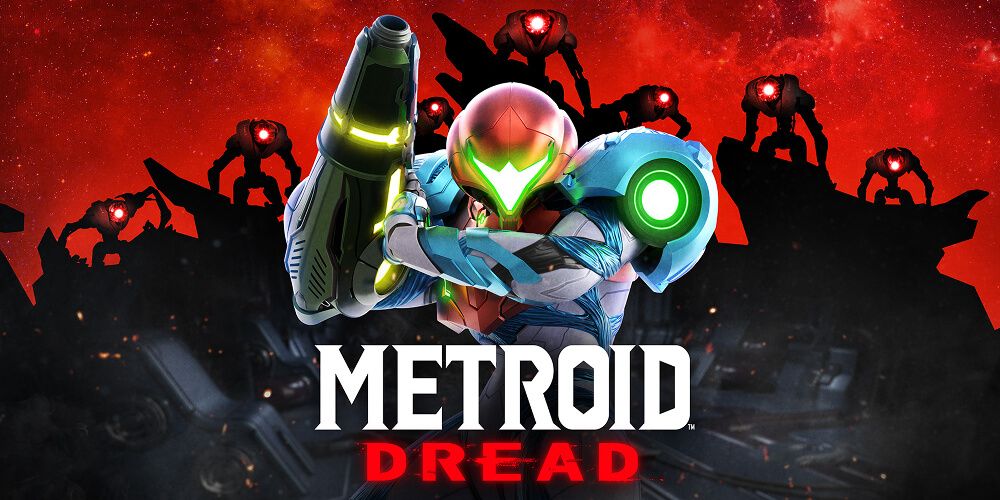There once was a time when creating installments in a series was the norm. While this is still true for films, books, and TV series, gaming works a little bit differently. The more vague the setup is, the easier it is to play around with the timeline. Super Mario Brothers and The Legend Of Zelda are two examples of series where chronological order is more of an afterthought.
Metroid is the same with each installment either jumping backward or forwards as it progresses. Even though there are new entries in the works, it’s possible to organize the current games into a proper timeline.
Updated October 25, 2021 by Will Quick: With the release of Metroid Dread, fans of the franchise now have a clearer understanding of where the game falls on the timeline. Metroid Dread is as enjoyable as it is long-awaited. Samus' latest adventure continues her story, and a large part of its entertainment stems from mechanics that were introduced to the series decades ago. Even as you content yourself with Nintendo's current offering in the Metroid universe, you should also be looking to the future of the series, wondering where it can go from here.
11 Metroid/Zero Mission (1986/2004)
First released on the NES and later remade for the GameBoy Advance, this title begins both the Metroid franchise and timeline. It follows Samus Aran’s adventures on a planet called Zebes as she attempts to hunt down the Mother Brain. The player controls Samus who starts off with limited defenses and abilities but gathers powerups while exploring the alien planet.
It introduced multiple elements that would become staples in the series such as the Space Pirates, collecting suit upgrades, and the eponymous Metroid. It also contains one of the greatest gaming moments of all time when the mysterious masked hero is revealed to be a woman.
10 Metroid Prime (2002)
Considered a drastic shift in the series, Metroid Prime still earned plenty of praise. Rather than being a side-scrolling platformer, it was instead a 3D first-person shooter. It follows Samus Aran as she investigates a distress signal which leads her on a journey to stop a dangerous force from spreading.
Despite the new perspective, Samus is still mobile, while Metroid Prime places a greater emphasis on weaponry and gunplay. It was an adventure on a much larger scale that gave fans insight into the Metroid Universe, Samus, and even the Metroids themselves.
9 Metroid Prime: Hunters (2006)
Marking the series debut on the Nintendo DS, Hunters added more characters and made Samus look less alone in this universe. It starts with a mysterious message asking whoever receives it to track down a mysterious power. Samus and several other bounty hunters all hear this message and set off to claim it.
This game tested the capabilities of the DS by also using a first-person shooter perspective. It made use of the second screen to constantly display the HUD and even offered a multiplayer mode with voice-chat support.
8 Metroid Prime 2: Echoes (2004)
Continuing on from Prime, Echoes takes a darker turn in the series. It follows Samus as she investigates a mysterious dark alternate dimension on an unstable planet. This led to confrontations with hive-like creatures, possessed individuals, and Samus’s evil doppelganger, Dark Samus.
Another first-person adventure, this title introduced new worlds to explore and new powers for Samus to use both in the single-player and multiplayer modes. In addition, Dark Samus would make such an impact that she would appear in later games and even the Super Smash Bros. series.
7 Metroid Prime 3: Corruption (2007)
Continuing from Echoes, Corruption returns to Samus’s conflict with her evil alternate. While trying to destroy a Phazon meteoroid, Samus and the other hunters are attacked by Dark Samus. Although they manage to fight back and accomplish their mission, Samus is revealed to have been poisoned by Dark Samus’s energy and it’s slowly growing inside her.
Samus is given the ability to use this corruption to her advantage and sets off to destroy corrupting sources on affected planets. You’ll encounter a lot of monstrous Phazon-mutated monsters as Samus tries to remove the Phazon within herself.
6 Metroid Prime: Federation Force (2016)
Released for the 3DS, Federation force focused mainly on multiplayer gameplay. In this game, four players must work cooperatively to defeat enemies and accomplish missions. It’s noted for focusing more on shooting and combat than on platforming and exploration.
Rather than following conflicts with Phazon or Metroids, this title was about the Galactic Federation attempting to stop the Space Pirates once and for all. It’s also the first game in the series in which players don’t play as Samus but instead as different colored federation marines. As a result of all these changes, it was met with a mixed reception.
5 Metroid II: Return Of Samus/Samus Returns (1991/2017)
Another classic and remake combo, the first was released on the NES and its counterpart on the 3DS. Another side-scrolling platformer, the game emphasized exploration, backtracking, jumping, and shooting. Following the events of the first game, greater significance is placed on the Metroids and the threat they pose to the galaxy.
Metroid II also further explores Samus’ bittersweet relationship with the species when one saved her life previously. Even though the remake maintained the 2D platforming plane of the original, it was given 3D graphics with updated controls.
4 Super Metroid (1994)
The first and only Metroid title to be released on the SNES, this entry remains one of the highest-rated in the whole series. After Samus’s decision not to kill a baby Metroid in her last adventure, she instead hands it over to be studied in a developing colony. The research yields positive results but a distress signal quickly calls Samus back.
Samus learns that the baby Metroid has been kidnapped by Ridley, a recurring enemy, and leader of the Space Pirates, and pursues him back to Zebes. Another 2D platformer, you fight your way through the Pirates’ defenses and alien wildlife only to confront Mother Brain once again.
3 Metroid: Other M (2010)
Developed by Team Ninja and released on the Wii, Other M takes the series in a different direction. Up until now, Samus had always been seen as the strong and silent type and so this game attempted to characterize her more. However, it did so in a way that made the character feel overly vulnerable and even incompetent.
On top of that, it’s the first Metroid game to use a third-person perspective to accommodate the Wii’s motion controls. Samus’s poor characterization, odd gameplay, and dip in graphical quality are just some of the reasons this game was massively criticized.
2 Metroid Fusion (2002)
The first Metroid to be released on the GameBoy Advance, Fusion introduced a brand new threat for Samus to face. During a surveillance mission, the hunter is infected by something called an X-parasite. She almost dies as a result but is saved by a vaccine made from the baby Metroid she saved.
After seeing that the parasite fused some of her suit to her body, Samus goes to investigate an incident at a space laboratory. This 2D platformer included a lot of new enemy types, bosses, and even another doppelganger enemy called SA-X.
1 Metroid Dread (2021)
Being the first Metroid game to debut on the Switch, Dread is hearkening back to platforming and exploration from the games on older Nintendo consoles and handhelds. Samus returns to the 2D plain with 3D graphics in a story that follows directly after where Fusion left off.
It focuses on what happened to Samus and the Metroid species following her escape from the research station. This new adventure takes her to a new planet known as ZDR where the bounty hunter faces off against dangerous robotic elements as well as any other hostile creatures she encounters.

